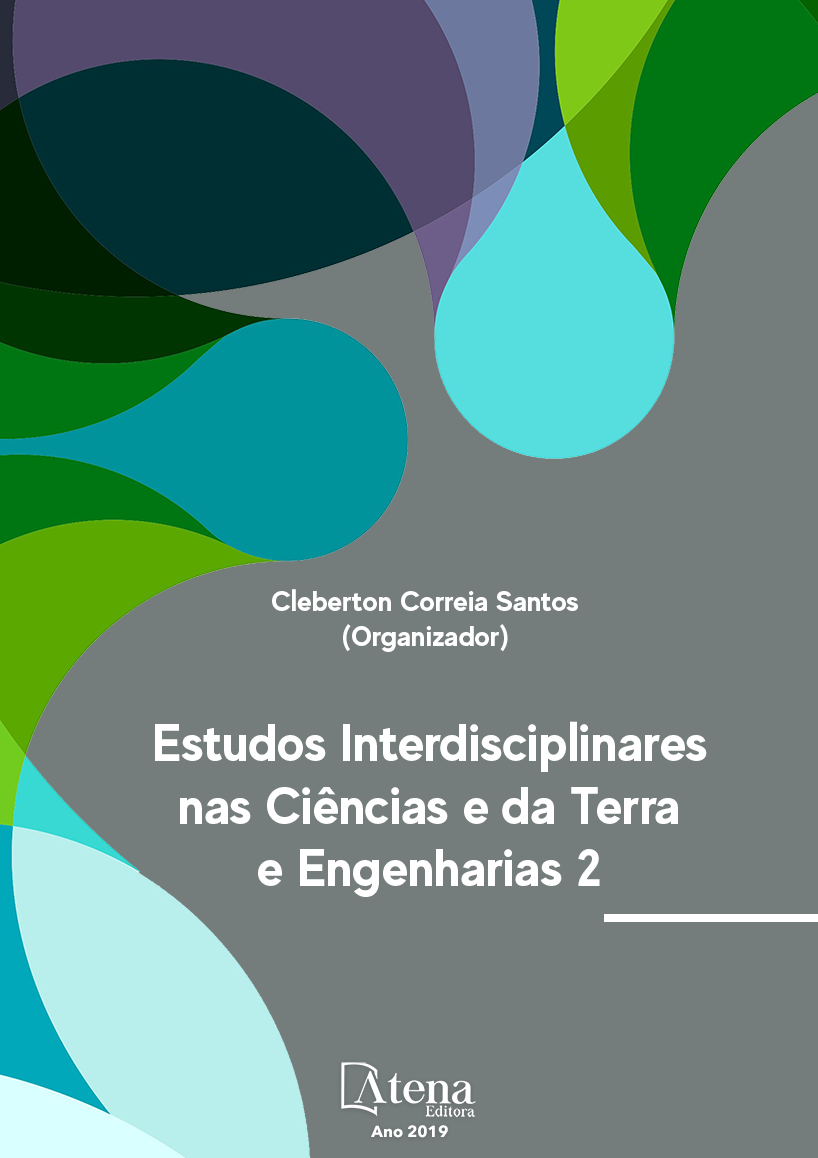
AVALIAÇÃO DA SECAGEM DA CASCA DE MANGOSTÃO (Garcinia mangostana L.) EM DIFERENTES AMBIENTES
O Mangostão (Garcinia mangostana
L.) é um fruto nativo da Ásia, que se adaptou
ao clima da Região Amazônica, apresenta forte
coloração em sua casca, indicando presença de
antocianinas. Para extração destas, o teor de
umidade do material deve ser reduzido. Assim,
o objetivo deste trabalho foi analisar o tipo de
secagem do material sobre a quantificação de
antocianinas totais, utilizando quatro tipos de
processos: secagem à temperatura ambiente
(31°C), em sala climatizada (20°C), leito fixo
(secador de bandeja) e leito dinâmico (tipo jorro)
nas temperaturas de 35, 40 e 45°C. Os dados
experimentais foram analisados utilizandose
modelos matemáticos relativos à cinética
à estimativa da difusão da umidade. Para os
secadores de leito fixo e de jorro, o melhor
modelo foi o de Midilli et al. A difusividade efetiva
foi estimada com base na equação da esfera,
utilizando a lei de Fick, no qual, apresentou
uma elevação diretamente proporcional ao
aumento de temperatura de secagem, na faixa
de 7,32x10-10 a 15,99x10-10 m2/s e 1,281x10-10 a
4,757x10-10 m2/s, para secagem em leito fixo e
jorro, respectivamente. A energia de ativação,
Ea, que descreve a relação da difusividade em
relação à temperatura foi obtida pela equação
de Arrhenius, apresentou os valores de 64,80
e 99,00 (kJ/mol) . Os valores de energia de
ativação estimados estavam dentro da faixa
observada para outros equipamentos. Em
relação a extração e obtenção das antocianinas,
a temperatura de 40ºC, no leito fixo, foi a melhor condição por apresentar uma retenção
de antocianina de 90,28%.
AVALIAÇÃO DA SECAGEM DA CASCA DE MANGOSTÃO (Garcinia mangostana L.) EM DIFERENTES AMBIENTES
-
DOI: 10.22533/at.ed.648191030923
-
Palavras-chave: secagem; leito fixo; leito de jorro; mangostão
-
Keywords: drying; fixed bed; spouted bed; mangosteen.
-
Abstract:
The mangosteen (Garcinia mangostana L.) is a native fruit of Asia, which
adapted to the Amazonian climate, presents a strong coloration in its bark, indicating the
presence of anthocyanins. For extraction of these, the moisture content of the material
should be reduced. Drying at room temperature (31°C) in a room with air conditioning
(21°C), fixed bed tray (dryer with forced air circulation) and dynamic bed (spouted bed
type) at temperatures of 35, 40 and 45°C. The experimental data were analyzed in
relation to kinetic models and to the estimation of moisture diffusion. Among the models,
the best described was the process for the room temperature and the room with air
conditioning. For the other drying sistems, the best model was Midilli et al. The effective
diffusivity was estimated based on the equation of the sphere, using Fick’s law, in which
it presented an increase directly proportional to the increase of drying temperature, in
the range of 7.32x10-10 to 15.99x10-10 m2/s, and 1.281x10-10 at 4.757x10-10 m2/s, for fixed
bed and spouted bed drying, respectively. The activation energy, Ea, which describes
the relationship of diffusivity to temperature was obtained by the Arrhenius equation,
presented values of 64.80 and 99.00 (kJ/mol). The estimated activation energy values
were within the range observed for other equipment. In relation to the extraction and
obtaining of anthocyanins, it was inferred that the temperature of 40°C in the fixed bed
was the best condition, since it presented anthocyanin retention of 90.28%.
-
Número de páginas: 15
- ELZA BRANDÃO SANTANA
- ELISANGELA LIMA ANDRADE
- RAFAEL ALVES DO NASCIMENTO
- LORENA GOMES CORUMBÁ
- LÊNIO JOSÉ GUERREIRO DE FARIA
- CRISTIANE MARIA LEAL COSTA
- Gabriela Nascimento Vasconcelos


